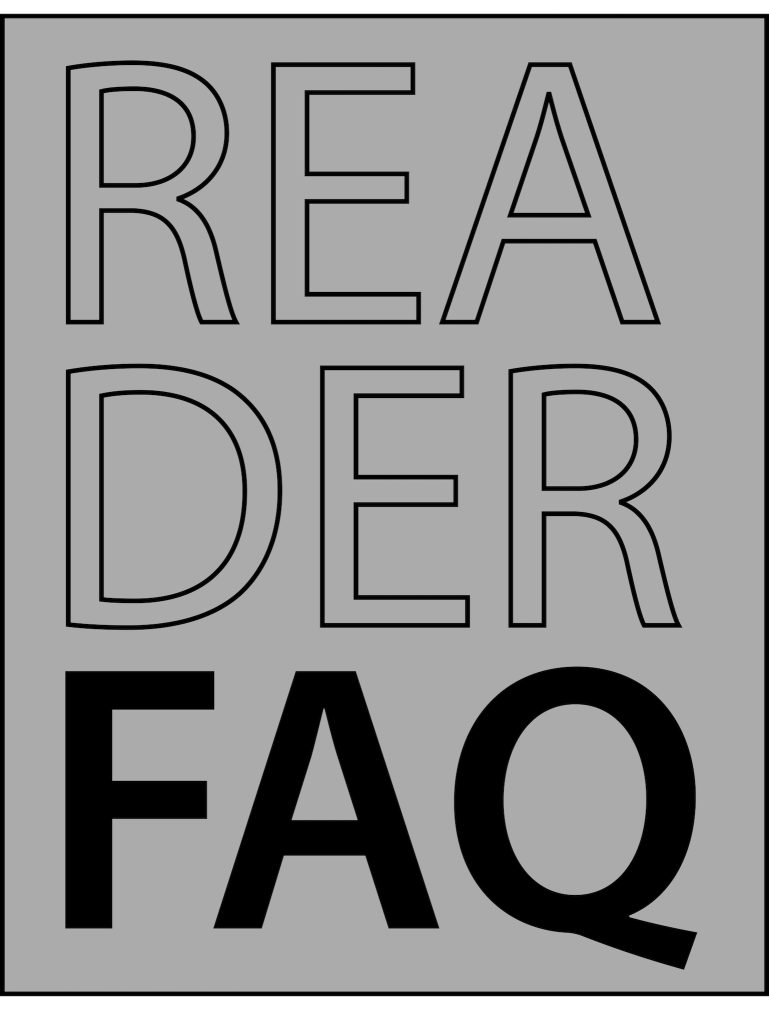The Power of Professional Employer Organizations (PEOs)
In today’s competitive landscape, business growth is not just an aspiration — it’s necessary for survival. However, as companies scale, CEOs and executives often find themselves mired in administrative tasks instead of focusing on innovation and expansion.
This is where a PEO becomes an invaluable asset.
A PEO partnership is akin to gaining a full-fledged HR department without the overhead costs. By managing complex employment tasks such as compliance, employee benefits, and payroll, PEOs allow business leaders to maintain control over core operations while offloading time-consuming administrative duties.
In this comprehensive guide, we will explore how collaborating with a PEO can:
- Free up valuable executive time
- Mitigate compliance risks
- Enhance employee satisfaction
- Facilitate scalable growth
- Provide a competitive edge in the marketplace
Let’s dive into how a PEO can be the catalyst for unlocking your true potential for business growth.

The Hidden Time Drain: Administrative Burdens on Executives
Reclaiming Strategic Focus on Business Growth
Time is the most precious resource for any business leader. Yet, many executives find themselves bogged down by non-strategic tasks:
- Managing human resources
- Ensuring regulatory compliance
- Handling payroll intricacies
- Mitigating employee-related risks
These responsibilities, while crucial, often fall outside the expertise of leadership and detract from the strategic decision-making that propels business growth.
The PEO Solution
By partnering with a PEO, executives can:
- Offload administrative tasks to experts
- Refocus on core business strategies
- Dedicate more time to innovation and growth initiatives
Mitigating Risks: Shifting Compliance to the Experts
The Compliance Challenge
U.S. businesses face a labyrinth of regulations:
- Thousands of federal and state laws
- Constantly evolving labor regulations
- Complex tax filing requirements
Non-compliance can result in:
- Costly penalties
- Damaging lawsuits
- Reputation harm
How PEOs Manage Compliance
Through co-employment, PEOs become the “employer of record” for tax and benefits purposes, taking on:
- Labor law compliance
- Tax filings
- Regulatory updates
In one instance, a mid-sized manufacturer partnered with a PEO to manage OSHA regulations, resulting in improved workplace safety and reduced insurance costs.
Real-World Examples: The PEO Relationship in Action
To truly understand the transformative power of a PEO partnership, explore these real-world scenarios that illustrate how businesses across various industries have benefited from this relationship.
Case Study 1: Tech Startup Scales Rapidly
Company Profile: A Silicon Valley startup with 20 employees, poised for rapid growth.
Challenge: The founders were spending 30% of their time on HR-related tasks, slowing down product development and market expansion.
PEO Solution:
- Took over all payroll processing and tax filings
- Implemented a comprehensive benefits package, including health insurance and 401(k) plans
- Managed compliance with California’s complex labor laws
Results:
- Founders reduced time spent on HR tasks to less than 5%
- Employee satisfaction increased by 40% due to improved benefits
- Company scaled to 100 employees in 18 months without hiring additional HR staff
- Saved an estimated $200,000 in HR-related costs
Case Study 2: Multi-State Retailer Navigates Compliance
Company Profile: A retail chain with 500 employees across 5 states.
Challenge: Struggling to manage varying state regulations and labor laws, facing potential fines for non-compliance.
PEO Solution:
- Conducted a comprehensive compliance audit
- Implemented state-specific policies and procedures
- Provided ongoing training and updates on regulatory changes
- Managed unemployment claims and workers’ compensation
Results:
- Eliminated compliance violations, avoiding potential fines of over $100,000
- Reduced workers’ compensation claims by 30% through improved safety programs
- Streamlined multi-state operations, facilitating expansion into 2 additional states
Case Study 3: Professional Services Firm Enhances Recruitment
Company Profile: An accounting firm with 50 employees, facing high turnover and recruitment challenges.
Challenge: Struggling to attract and retain top talent due to limited benefits and outdated HR practices.
PEO Solution:
- Implemented a competitive benefits package, including health, dental, and vision insurance
- Introduced a modern HRIS (Human Resource Information System) for efficient onboarding and employee management
- Provided access to professional development and training programs
Results:
- Reduced employee turnover by 25% in the first year
- Improved offer acceptance rate from 60% to 85%
- Decreased time-to-hire by 40% through streamlined recruitment processes
- Saved $80,000 annually on benefits administration and recruitment costs
Case Study 4: Manufacturing Company Improves Safety and Compliance
Company Profile: A manufacturing company with 200 employees, facing rising workers’ compensation costs and OSHA compliance issues.
Challenge: High rate of workplace injuries and struggles with maintaining OSHA compliance.
PEO Solution:
- Conducted comprehensive safety audits and implemented new safety protocols
- Provided regular safety training for all employees
- Managed workers’ compensation claims and return-to-work programs
- Ensured ongoing OSHA compliance through regular audits and updates
Results:
- Reduced workplace injuries by 50% in the first year
- Decreased workers’ compensation premiums by 30%
- Passed all OSHA inspections with zero violations
- Improved overall productivity due to fewer work disruptions from injuries
Enhancing Employee Experience While Reducing Costs
The Benefits Challenge
Offering competitive benefits is crucial for employee satisfaction and retention, but it can be costly and complex for smaller businesses. PEOs enable businesses to offer Fortune 500-level benefits by:
- Pooling employees from multiple companies
- Leveraging better rates for healthcare and insurance
- Providing access to retirement plans and wellness programs
One tech firm reported a 30% reduction in HR costs after partnering with a PEO, while simultaneously improving employee benefits.
Scalable Solutions for Business Growth
The Growth Dilemma
Scaling a business often means navigating:
- Fluctuating workforce needs
- Seasonal hiring spikes
- Rapid expansion challenges
PEO Scalability
PEOs offer a pay-as-you-grow model, providing:
- Flexibility to scale workforce efficiently
- Ability to manage seasonal fluctuations
- Support for rapid expansion without additional HR infrastructure
Example: A retail company leverages its PEO to manage seasonal hiring spikes, ensuring compliance and smooth onboarding without expanding internal HR staff.
Gaining a Competitive Edge in the Marketplace
According to the National Association of Professional Employer Organizations (NAPEO):
- Companies partnering with PEOs grow 7-9% faster than their counterparts
- PEO clients can focus more resources on core competencies
Success Story
A CEO chose a PEO partnership over expanding internal HR, resulting in:
- 20% reduction in administrative costs
- Improved employee satisfaction
- Expansion into three new markets within two years
How the PEO Relationship Works: A Practical Overview
To further illustrate the day-to-day benefits of a PEO partnership, let’s break down how this relationship typically functions:
- Onboarding:
- The PEO sets up the company in its system, integrating existing employee data.
- Employees gain access to a self-service portal for benefits, payroll, and HR information.
- Payroll Management:
- The company submits hours worked and any changes (new hires, terminations, raises).
- The PEO processes payroll, handles tax withholdings, and generates reports.
- Benefits Administration:
- Employees select benefits through the PEO’s portal during open enrollment.
- The PEO manages all communications with insurance providers and manages claims issues.
- Compliance:
- The PEO continuously monitors regulatory changes at federal, state, and local levels.
- It provides updates and training to ensure the company remains compliant.
- Risk Management:
- The PEO conducts regular safety audits and provides training materials.
- It manages workers’ compensation claims and implements return-to-work programs.
- HR Support:
- The company has access to HR professionals for guidance on complex issues.
- The PEO provides templates for employee handbooks, policies, and procedures.
- Recruitment and Termination:
- While the company makes hiring decisions, the PEO can assist with background checks and onboarding.
- The PEO ensures proper documentation and compliance during terminations.
By managing these functions, the PEO allows business leaders to focus on strategic growth while ensuring their employees are well cared for and compliant with all relevant regulations. Mitigating Co-Employment Risks When Using a PEO
Conclusion: Accelerate Your Business Growth with a PEO
Partnering with a PEO is more than outsourcing — it is gaining a strategic ally to:
- Navigate HR complexities
- Reduce operational risks
- Enhance workforce management
By leveraging a PEO’s expertise, you can:
- Refocus on core business strategies
- Reduce administrative burdens
- Offer competitive benefits
- Scale your business efficiently
- Stay compliant with evolving regulations
Are you ready to unlock your business’s full potential? Consider the transformative power of a PEO partnership today. Your path to accelerated business growth and market leadership begins with this strategic decision.

- What are the costs associated with partnering with a PEO, and how do they compare to managing HR in-house?
The costs of partnering with a PEO typically range from 2% to 6% of employees’ gross salaries, although this can vary based on the services provided and the size of your company. While this may seem significant, it’s important to consider the potential savings and value gained. PEOs often reduce overall HR-related expenses by leveraging economies of scale for benefits, streamlining processes, and minimizing compliance-related risks. In-house HR management involves direct costs like salaries for HR staff, benefits administration, payroll software, and legal consultations, as well as indirect costs such as time spent by executives on HR issues. Many businesses find that PEO partnerships result in net savings, especially when factoring in the reduced risk of costly compliance violations and the ability to offer more competitive benefits packages. Additionally, the time and resources freed up for core business activities can lead to increased productivity and growth, further offsetting the PEO costs. - How does the co-employment relationship work legally, and what liabilities does the client company retain?
In a co-employment relationship, the PEO becomes the “employer of record” for tax and insurance purposes, while the client company maintains control over its employees’ day-to-day activities and core business functions. Legally, the PEO assumes responsibility for payroll, tax remittance, and certain aspects of regulatory compliance. They also take on the burden of procuring and managing employee benefits, workers’ compensation, and unemployment insurance. However, the client company retains important legal responsibilities. These typically include making hiring and firing decisions, managing employee performance, ensuring a safe work environment, and complying with industry-specific regulations. The client also remains liable for discriminatory actions, workplace safety violations, and wage and hour law compliance within their control. It is crucial to understand that while a PEO can provide guidance and support in these areas, they cannot completely shield a company from all employment-related liabilities. The specific division of responsibilities and liabilities should be clearly outlined in the service agreement between the PEO and the client company. - What criteria should a company consider when selecting a PEO, and how can they ensure they choose the right partner for their specific needs?
Selecting the right PEO is crucial for a successful partnership. Key criteria to consider include the PEO’s financial stability, industry experience, range of services, technology platforms, and accreditations such as IRS certification or ESAC (Employer Services Assurance Corporation) accreditation. Companies should also evaluate the PEO’s experience with businesses of comparable size and in similar industries. The quality and accessibility of customer service is another critical factor, as is the PEO’s ability to offer competitive benefits packages. To ensure the right fit, companies should conduct a thorough needs assessment, identifying their specific HR pain points and growth objectives. They should then request detailed proposals from multiple PEOs, comparing not just costs but also the breadth and depth of services offered. It is advisable to speak with current clients of the PEO for references and to assess the cultural fit between the PEO and your organization. Companies should also carefully review the proposed service agreement, paying attention to contract terms, service level agreements, and the process for terminating the relationship if needed. The right PEO should feel like a true strategic partner, aligned with your company’s goals and values, and capable of supporting your growth trajectory. A Strategic Guide to Integrating a PEO into Your Organization







